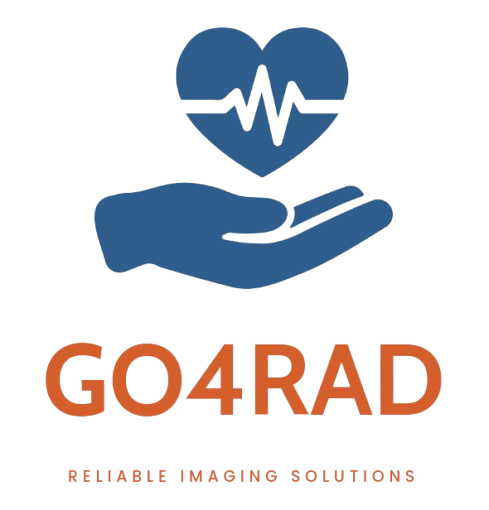Infrastructure
 Teleradiology Technology Infrastructure
Teleradiology Technology Infrastructure
Teleradiology is the process of transmitting radiological images—such as X-rays, CT scans, MRIs, and ultrasounds—from one location to another for interpretation or consultation. A reliable, secure, and scalable teleradiology system requires a well-integrated infrastructure of hardware, software, and network components to ensure seamless image acquisition, transmission, storage, viewing, and reporting.
 1. Image Acquisition
1. Image Acquisition
Modality Equipment: Includes X-ray, CT, MRI, Ultrasound, PET, and other imaging devices.
DICOM Compliance: All modalities must adhere to the DICOM standard to ensure interoperability across systems.
PACS Integration: Medical images are initially stored in a local PACS before being routed for remote interpretation.
 2. PACS (Picture Archiving and Communication System)
2. PACS (Picture Archiving and Communication System)
Serves as a centralized digital repository for all medical images.
Supports query/retrieve, routing, and image manipulation.
Acts as the interface between imaging devices and the teleradiology system.
Facilitates local access and preliminary reviews.
 3. RIS (Radiology Information System)
3. RIS (Radiology Information System)
Manages patient demographics, scheduling, exam tracking, and report management.
Integrates with PACS and Hospital Information Systems (HIS) for unified workflows.
Provides radiologists with access to patient history, study metadata, and prior reports.
 4. Teleradiology Gateway / Middleware
4. Teleradiology Gateway / Middleware
Acts as a secure bridge between the local PACS and remote radiologists.
Key functions:
DICOM routing
Image compression (lossless/lossy)
Encryption & anonymization
Quality assurance checks
Audit logging for compliance and traceability
 5. Network & Transmission
5. Network & Transmission
Secure VPN or Encrypted Tunnel: Ensures secure transmission over public or private networks.
Bandwidth Optimization: Through smart compression, caching, and prefetching.
Failover & Redundancy: High availability configurations to maintain operations during outages.
 6. Remote Workstation / Cloud Viewer
6. Remote Workstation / Cloud Viewer
Diagnostic-Grade Viewer: Fully DICOM-compliant with tools like:
MPR (Multi-Planar Reconstruction)
3D Volume Rendering
Precision measurement tools
Integrated Reporting Tools: Supports voice dictation and structured reporting.
Hardware Requirements:
Dual high-resolution monitors (5MP for mammography, 3MP for CT/MRI)
Ergonomic, HIPAA-compliant work environment
 7. Reporting & Communication
7. Reporting & Communication
Voice Recognition & Dictation Software: Accelerates turnaround time.
Structured Reporting: Standardized templates and terminology for consistency.
HL7 Integration: For seamless report delivery to RIS, HIS, or EMR systems.
Critical Alerts: STAT notifications via email, SMS, or in-app alerts.
 8. Cloud Storage & Archiving
8. Cloud Storage & Archiving
Redundant Cloud Storage: Secure, encrypted image storage with automatic backups.
Compliance-Based Retention Policies: Configurable retention to meet HIPAA, GDPR, and regional regulations.
Access Control: Role-based permissions ensure patient confidentiality and data integrity.
 9. Security & Compliance
9. Security & Compliance
Encryption: Data is encrypted both at rest and in transit.
Authentication & Access Control:
Multi-factor authentication (MFA)
Role-based access management
Audit Trails: Logs all user access and system activity.
Regulatory Compliance: Fully aligns with HIPAA, GDPR, ACR, and local healthcare laws.
 10. Support & Maintenance
10. Support & Maintenance
24/7 Technical Support: Minimizes downtime and operational disruptions.
Automated System Monitoring: Real-time alerts for system health and performance.
Disaster Recovery & Business Continuity Plans: Ensures system resilience during outages or cyber incidents.
